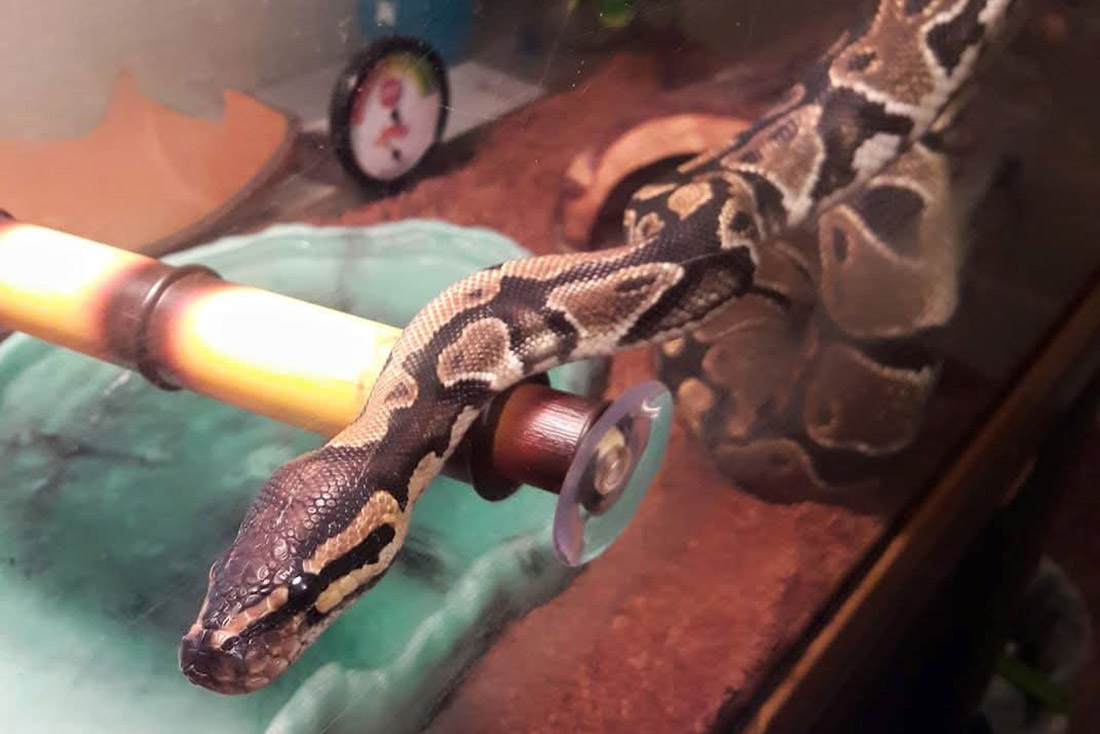One small GPS transmitter by man; one giant leap in conservation for birdkind.
Earlier this summer, Conservation Nation began purchasing tiny high-tech GPS tracking devices to outfit eastern meadowlarks—the transmitters are smaller than a dime and weigh less than four grams, so they won’t hinder birds in flight. Thanks to these bits of avian-friendly tech, Smithsonian researchers will soon know the path of a depleting population of songbirds as they migrate up and down the East Coast. Tagged eastern meadowlarks have taken flight, and researchers await their first round of data this month.
As a species known to announce spring’s arrival, the meadowlark’s song has long been a welcome sound, a sign winter is finally over. And in just eight days, a single female meadowlark can create a tightly wound nest for its pink-speckled eggs. But this songbird, once considered a common sight in Appalachian communities and other regions of North America, has declined rapidly, with its population dropping 90 percent in the past four decades.
“When meadowlarks and other key grassland species decline, that is a sign their ecosystems—which we humans share—are also in trouble. Think of them as the canary in the coal mine, for our region’s working grasslands,” said Virginia Working Landscapes program director Dr. Amy Johnson.
The Virginia Working Landscapes program has made this project possible; this group of private landowners are generously letting researchers, like Dr. Johnson, conduct conservation projects on their properties.
Also integral to the project are collaborators at the Smithsonian Migratory Bird Center and the Smithsonian’s Movement of Life initiative.
With Conservation Nation’s continued support, scientists will soon have the information they need to seek protections for these areas. Once grassland areas are preserved, these efforts in turn will benefit a diverse range of interconnected species who rely on the same habitats to survive.
Look for more updates as the birds journey south!








